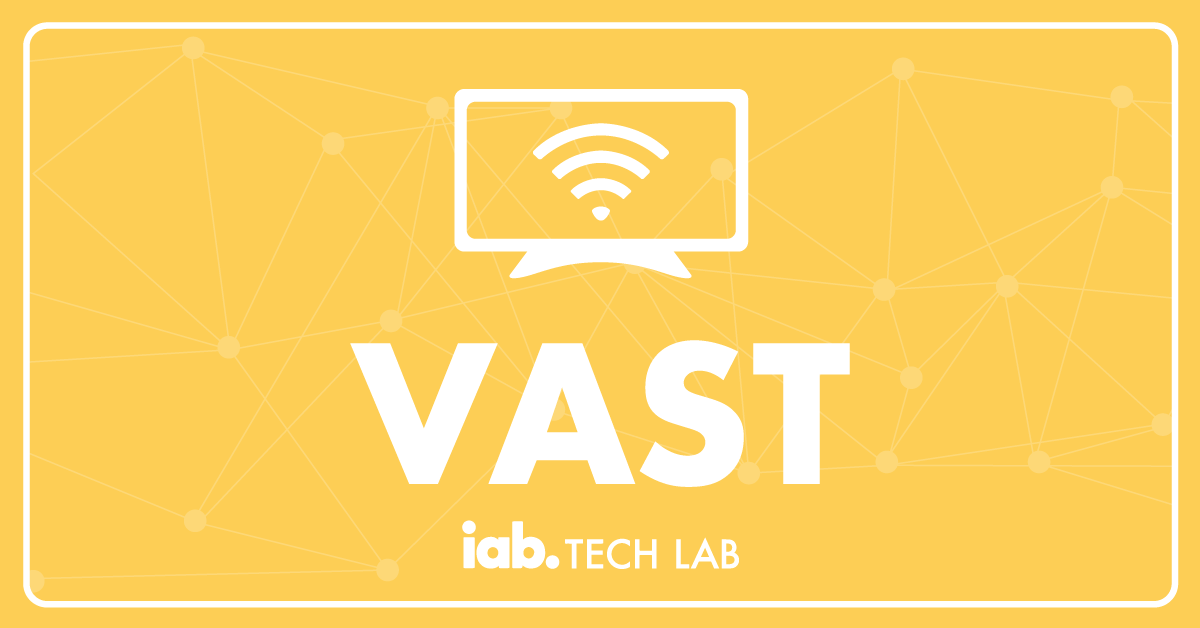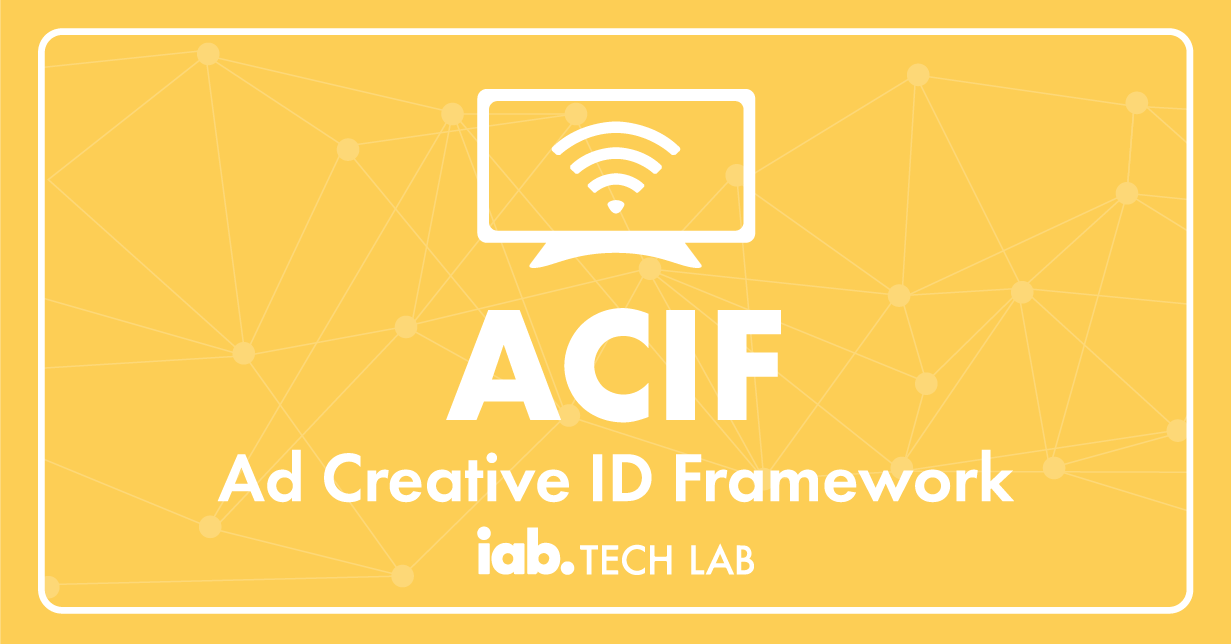Tag: VAST

The VAST CTV Addendum 2024 is Ready for Implementation!
Backwards compatibility for VAST 2.0 and above to support features that enable ad serving across all TV-viewing environments

Announcing the Ad Creative ID Framework to Improve Connected TV Advertising Experience
IAB Tech Lab, the global digital advertising technical standards-setting body, announced today the Ad Creative ID Framework (ACIF). This framework supports the use of registered creative IDs that persist in cross-platform digital video delivery, in particular Connected TV (CTV) environments. IAB Tech Lab invites industry stakeholders to participate in public […]
INTRODUCING VAST SUPPORT FOR GOOGLE CHROME COOKIELESS ATTRIBUTION REPORTING
IAB Tech Lab’s Advanced TV Working Group introduces an addendum to Video Ad Serving Template (VAST) to support cookieless attribution reporting for Google Chrome browser Attribution Reporting API. Moving Away from Cookies for Attribution Reporting One of the fundamental measurement features of digital advertising is the ability to link a […]
Guidance for Uniquely Identifying Creative Asset IDs in VAST (Deprecated)
This guidance is outdated as of June 11, 2024 with the release of the Ad Creative ID Framework which you can review here: Background: With the release of VAST 4.x, the latest versions of the digital video ad serving template, the Universal Ad-ID feature was introduced to address inconsistencies in […]
VAST 4.0 Arrives, Championing the Technology Behind the Growth of Digital Video Advertising
By Amit Shetty Over the last few years, digital video has been in hyper growth mode, with a projected 80% of all internet traffic expected to be video by 2018. This is because of improvements in video technology, wider viewing device options, and an increase in content made available online […]